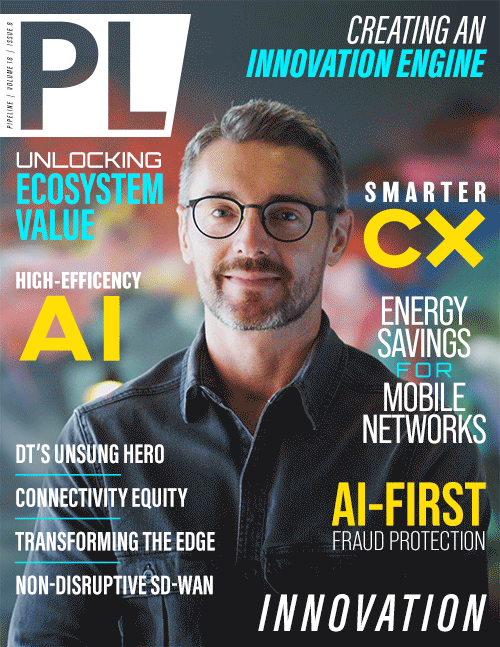Unlocking Ecosystem Value
By: Angus Ward

2021 was undoubtedly the year in which the science of building a partner ecosystem became mainstream because of the demand for solutions to fuel the digital transformation journey.
Fast forward to our current post-pandemic phase, which has rolled us right into a period of inflation, causing companies to become more prudent with their resources. Trying to control spend while at the same time continuing to grow revenue, launch highly innovative and compelling new digital offerings and improve overall customer satisfaction has, at times, seemed antithetical and has caused a reverberation of frustration among key players and fellow stakeholders. For some organizations, growth has stalled—or even worse—taken steps backwards.
Halfway into 2022, we’re seeing more of a meeting of the minds: companies are rising to this challenge at full speed, embracing their digital transformation projects by implementing technology solutions that are easy to try, easy to buy, and easy to consume (so-called “out of the box”) and which produce an often immediate and measurable financial payback. State-of-the-art technologies like 5G, edge compute, cloud, IoT, AI, ML, DLT, robotics, drones and more are proving to offer significant benefits to improve productivity and operational efficiency.
While this may on the surface appear as a seamless strategy, it presents a real process challenge for companies’ existing solution providers. Habits are very often hard to break, and until the pandemic hit, companies had been following traditional, staid, and time-tested ways of doing things. In the past, they may have adhered to the standardized model: focusing on selling standardized products using standard pricing. Fast forward to mid-2022 and now, to retain their enterprise customers, the key word is no longer standardization. Rather, it’s adaptation, whereby companies now need to continuously adapt to be able to offer fully formed solutions and services that will drive digital transformation. This is frequently coupled with the additional worry that the fortitude to do this, particularly as a service deployed globally on the cloud, is typically much broader than their organization can provide.
The key to mitigating risk and addressing these challenges while continuing to grow revenues and delight customers and partners is by evolving the traditionally standardized business model to sell multi-partner solutions, co-created within a community or ecosystem. To continue to generate customer loyalty and win new customers, this is the logical next step for many solution providers. Doing so will enable them to better meet needs of all key stakeholders, while at the same time allowing them to federate costs, risks and expertise within their ecosystem of partners.
2021: Anatomy and creation of the ecosystem
An ecosystem’s success is measured in terms of achieving Minimal Viable Community (MVC) of like-minded ecosystem partners around a digital business platform in addition to the marketplaces that underpin them. This synchronized community is necessary to self-perpetuate the ideation and co-creation of cutting-edge, often disruptive solutions that enterprise customers want to buy to drive their digital transformation forward. This network effect creates the choice and economies of scale for providers within the ecosystem; in effect, a winner-takes-all scenario or a flywheel effect. The ecosystem fuels deeper customer understanding, which fuels new revenue opportunities.
While the anatomy may be clear, there remains much uncertainty or even confusion about how to make the ecosystem model work and where to start—from the inside out or the outside in?
Outside in: a customer-first approach
The key is to always start with the customer and the problems they are trying to solve. This solution “pull” requires product managers with the right mindset that can resist the temptation of product “push” models, such as AppStores, offering largely ‘me-too’ software libraries, each with limited uniqueness or value. In this same “push” category are the horizontal components that require enterprise customers to take on the cost,




















